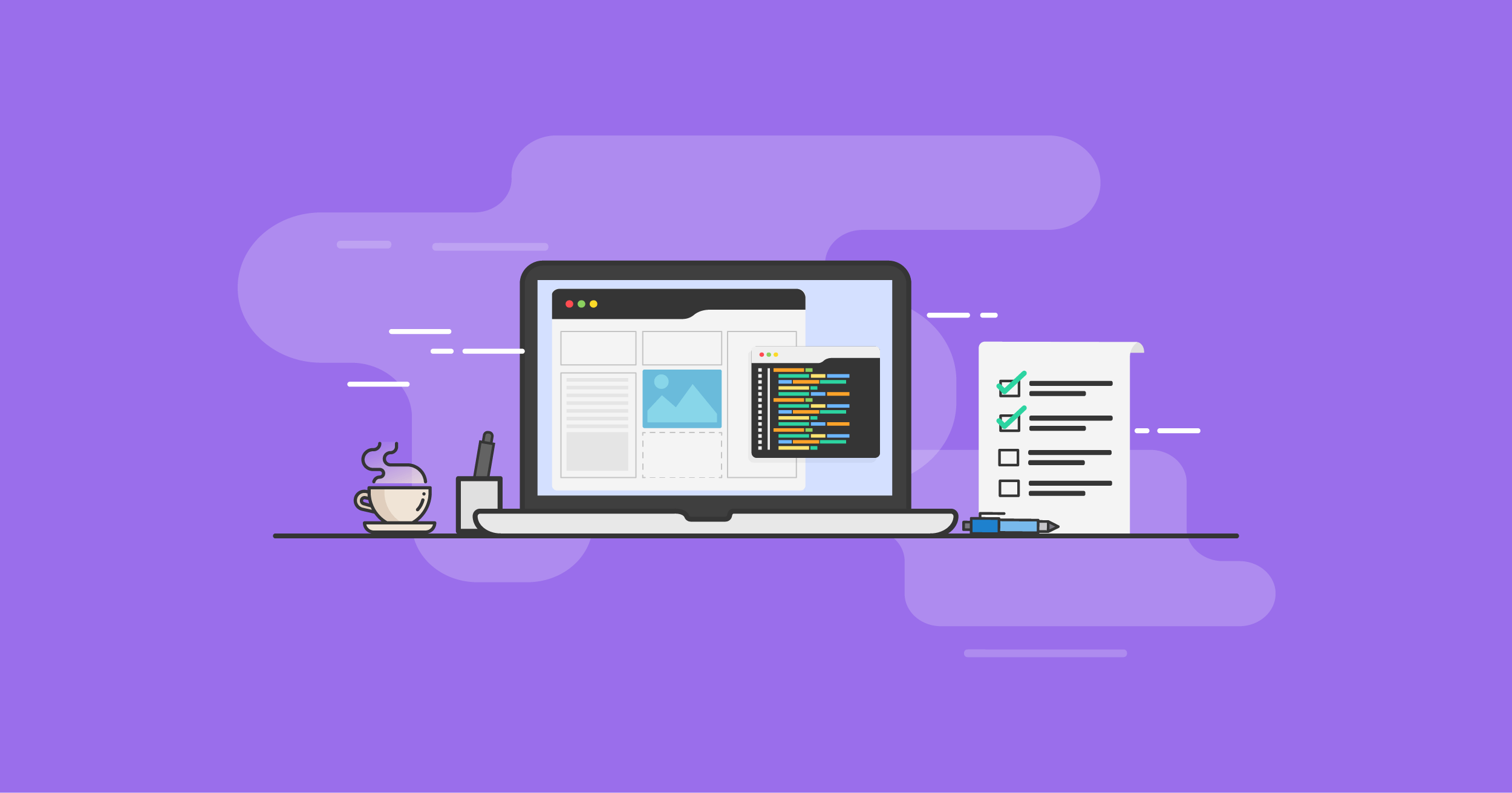Just How to Boost Website Efficiency with Better Web Design
Wiki Article
How to Attain a Well Balanced and Aesthetic Web Layout That Satisfies the Diverse Demands of Customers and Services Alike
Accomplishing a balanced and aesthetic web layout that successfully fulfills the diverse requirements of users and services requires a nuanced understanding of both style concepts and individual actions. The difficulty lies in making sure that these components work together cohesively while attending to the unique demands of diverse customer teams.Comprehending User Requirements
As website design increasingly becomes an important aspect of user experience, comprehending customer requires becomes a fundamental step in producing efficient electronic environments. web design. A thorough grasp of user requirements is important for developing websites that not just attract visitors yet additionally engage and preserve them. This understanding can be accomplished via different approaches, including customer research, studies, and usability testing, which supply understandings right into customer preferences, habits, and pain factors
Additionally, comprehending user needs includes responsiveness and accessibility, ensuring that all users, no matter tool or capability, can navigate the site seamlessly. By installing user-centric concepts right into the layout process, web developers can create balanced settings that fulfill the varied requirements of both customers and services. Inevitably, prioritizing customer understanding causes much more meaningful interactions and improved total fulfillment with the digital experience.
Principles of Aesthetic Layout
A user-centered strategy naturally leads to the factor to consider of aesthetic layout principles, which play a crucial role in shaping the overall individual experience. web design. Efficient visual design balances aspects such as color, typography, imagery, and layout to produce a visually appealing interface that reverberates with usersColor concept is basic, as it evokes feelings and influences assumption; thus, a thoughtful color combination can enhance brand name identity while guaranteeing readability. Typography, on the other hand, adds to the layout's quality and power structure, leading individuals with the material perfectly. Choosing typefaces that line up with the brand's character fosters recognition and involvement.
Images is another essential part, supplying context and aesthetic rate of interest. Top notch pictures should be pertinent and sustain the overall narrative while staying clear of clutter.
In addition, the format should make certain a sensible circulation of information. Making use of concepts such as alignment, closeness, and whitespace enhances organization and facilitates navigating.
Incorporating these aesthetic layout concepts not only draws in individuals yet likewise promotes count on and integrity, eventually leading to an extra satisfying communication. By balancing aesthetic components, developers can develop an interesting and remarkable experience that fulfills the varied needs of users and services alike.
Importance of Use
Usability stands as like this a cornerstone of efficient website design, straight influencing how users connect with a site. It includes the ease with which customers can browse, comprehend, and involve with website content. A well-designed site assists in smooth communication, guaranteeing that users can efficiently achieve their tasks without unnecessary stress. When use is prioritized, it boosts customer contentment, resulting in enhanced engagement and higher conversion rates.In addition, a concentrate on use cultivates trust fund and reliability. Sites that are user-friendly and easy to navigate are perceived as professional and trustworthy, encouraging customers to return. Alternatively, inadequate use can cause high bounce prices, as users rapidly abandon websites that frustrate them.
Furthermore, use is vital for meeting varied individual requirements. Eventually, by prioritizing usability, web developers produce an even more appealing, credible, and efficient online experience that benefits both users and organizations alike.
Availability Criteria in Layout
Including accessibility standards in website design is necessary for creating an inclusive online environment. These criteria, primarily outlined by the Web Material Accessibility Standards (WCAG), guarantee that all individuals, consisting of those with specials needs, can properly interact with digital material. By adhering to these standards, designers can enhance use throughout numerous systems and gadgets.Key elements of access consist of supplying alternative text for photos, guaranteeing enough color comparison, and making use of clear and consistent navigation. Additionally, executing key-board navigability enables individuals that can not use a computer mouse to accessibility all performances. It is also essential to take into consideration using display viewers, which require well-structured HTML to communicate information precisely.
Additionally, sticking to accessibility requirements not just advantages users with impairments yet also enhances the general customer experience. Inevitably, incorporating ease of access into internet layout is a crucial step toward accomplishing a balanced and visual electronic visibility that serves the needs of all users.
Harmonizing Visuals and Performance
While striking a harmonious balance in between visuals and capability is vital in website design, attaining this equilibrium usually presents an obstacle for developers. An aesthetically enticing web site can astound individuals, attracting them into the material; nevertheless, if it lacks functionality, the user experience can quickly deteriorate. Conversely, see page highly useful websites might prioritize usability but threat showing up nasty or dull.
In addition, interactive elements need to match the total style, giving appealing experiences without frustrating users. Components like buttons and kinds must be plainly visible and simple to interact with, strengthening functionality.
Eventually, effective web layout synthesizes visuals and performance, producing an appealing environment that satisfies the varied needs of individuals and organizations alike (web design). By thoroughly taking into consideration how each style selection impacts both looks and usability, designers can craft internet sites that reverberate with customers while fulfilling their designated objectives
Final Thought
By recognizing individual requirements and adhering to aesthetic design concepts, developers can produce visually appealing user interfaces that preserve capability. The focus on usability and adherence to ease of access standards makes certain that varied individual groups can interact seamlessly with electronic platforms.Report this wiki page